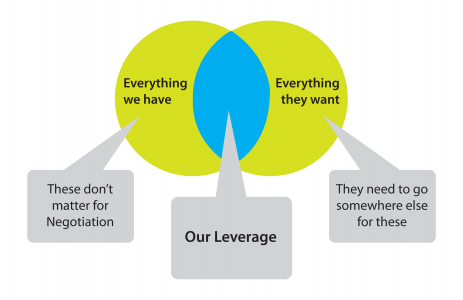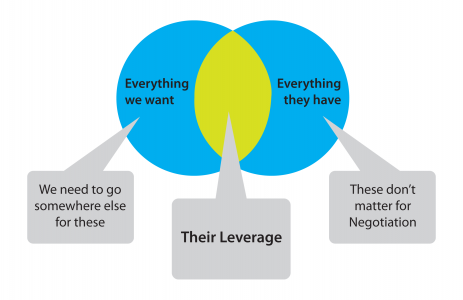I visited my development center in India recently and took my team out for dinner to a decent restaurant. We had some nice food and then started talking about all the things that are in front of us. Our goals, milestones and the likes. Finally, I said, “Guys, lets get these things done and meet here for dinner in a few weeks.” To which, one of the leads said, “ …we’ll work hard and try to meet these deadlines. But, can we go to the Taj (best in town) next time?” I said “Sure.”
A simple deal indeed. But there are more complex negotiations that every entrepreneur comes across in their every day life. There are many questions:
- So, is there a structured way of getting prepared for a negotiation?
- How do you conduct yourself during the negotiation?
- Are there techniques? Really?
The answer is “yes” to all these questions. And we will try to post our experiences here about business negotiation skills, strategies, techniques and tactics, with references to theory.
Want a FREE Project Management tool? Check out Apptivo’s Project Management
Business negotiation is an interaction between two or more parties where each party has something to offer and something to gain. Obviously, each party acts in its own interest. The following grid summarizes a two party situation.
Current State
Where the parties reside today. Both parties should feel that they would be better off if they get to the “Desired State”.
Desired State
Is there a viable “Desired State?” Can both parties go from the “Current State” to the “Desired State” with the feeling they both won? If there is no path, there is no way to get to the end.
Our Leverage
Our leverage is simple…what do we have to offer that the other party wants?
Their Leverage
Our leverage is similar…what do they have to offer that we want?
Before you start negotiating, you will do yourself a favor by doing a simple exercise and understand the situation using the tools above. You don’t need elaborate templates. Just draw the same matrix above on paper and fill in the quadrants. Understand as much as possible about their leverage.
Finally, know when to walk away from the deal.





